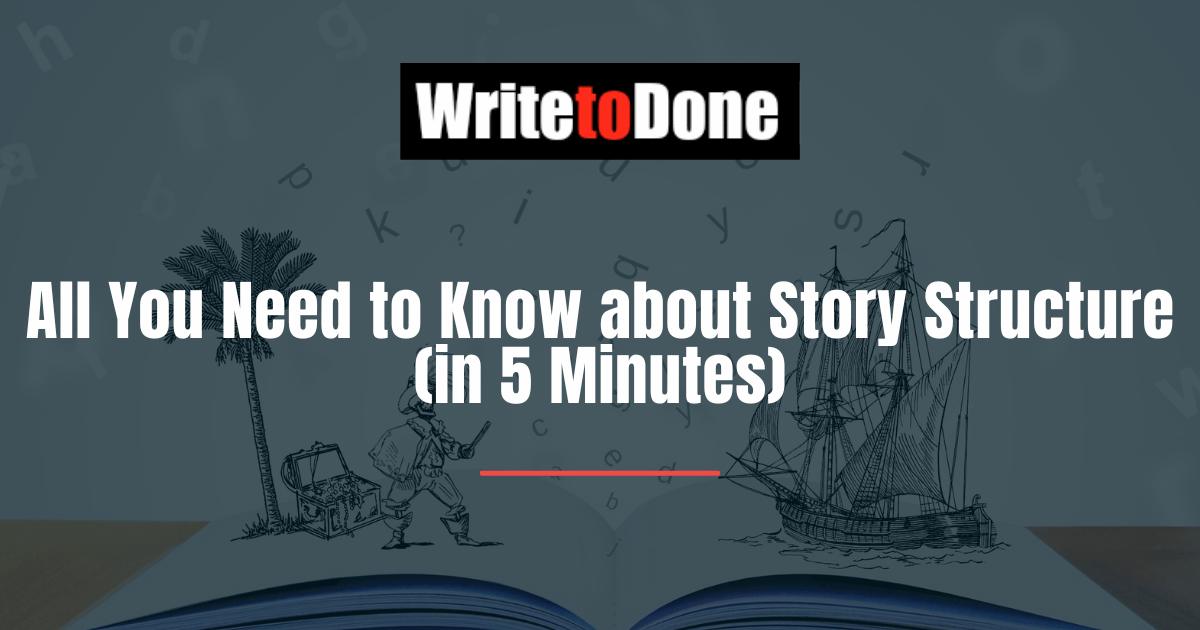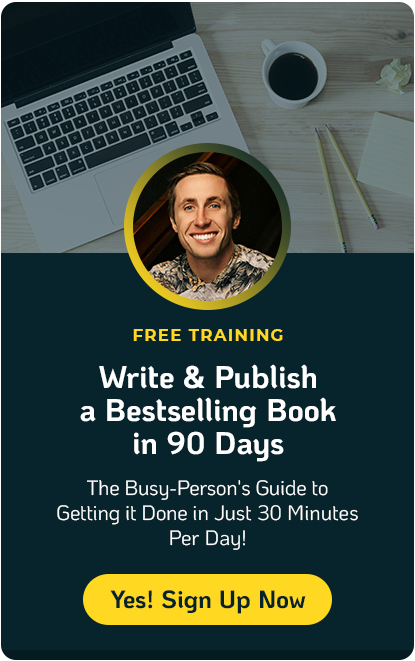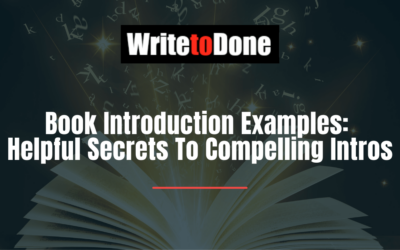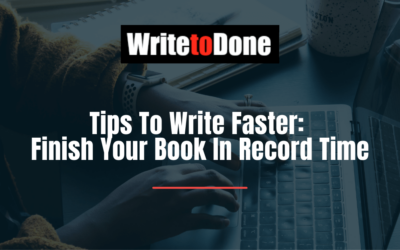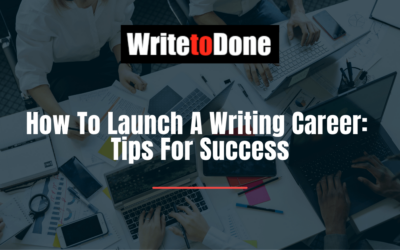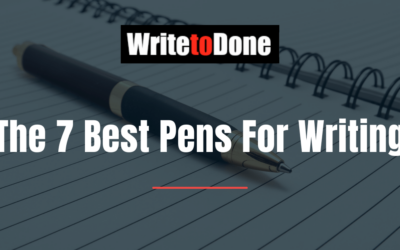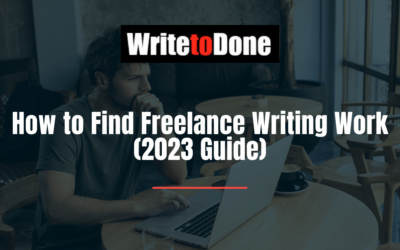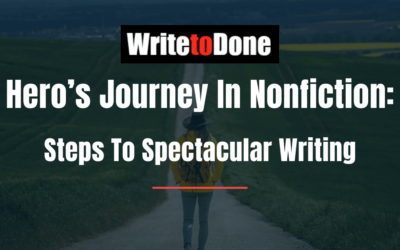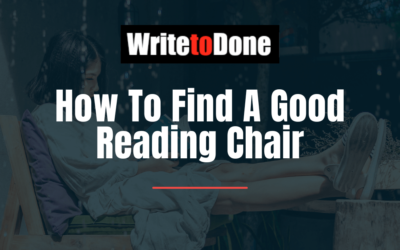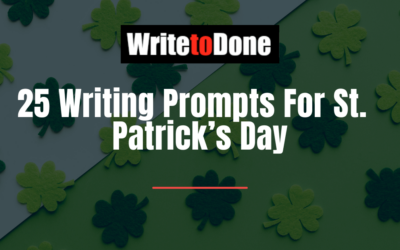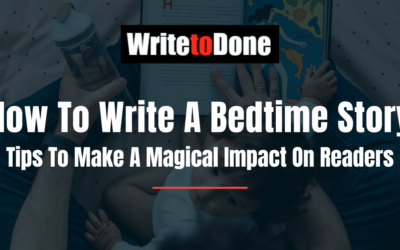You have an idea for a story, and you’re anxious to start writing.
So, what’s stopping you?
I know, you need a cup of coffee. Not to mention what you haven’t yet figured out—plot points, conflict, and crises. How does the drama end? What’s it all about?
They say you should spend a month preparing an outline. Or not.
Perhaps you’ve studied “story” too much. Is your writer’s toolbox weighing you down? If so, consider traveling lighter on the writer’s journey.
Here’s all you need to know about story structure in the time it takes to enjoy that cup of coffee.
By understanding three story elements—only three!—we can behold the essence of a story at a single glance.
- CHARACTER in action
- FAILURE of every effort
- CHANGE of HEART
Your protagonist, fueled by desires born of her unique beliefs, takes action, only to fail.Disenchanted to the point of self-loathing, she undergoes a radical change of heart.
That’s it!
What comes next—the climax and resolution—won’t mean much if your main character hasn’t left her old self behind.
Beginning-middle-end—that’s classical story structure as taught in Storytelling 101. But Aristotle forgot to explain that if the hero doesn’t “die” at the heart of the story, readers might clamor for their money back.
So, let’s examine these three essential facts of fiction, so you can start writing freely and furiously.
FOUR MINUTES LEFT…
A Character Is a Verb.
Your protagonist is not a noun. Think of your hero as a VERB. As we learned in Grade Three, verbs are ACTIONS.
I visualize each of my character creations as a FORCE. Their desires and beliefs lend them MOTION. They are missiles with a VELOCITY.
Protagonists like to think they’re headed somewhere, but they’re never aware of their true trajectory. Readers know better; a writer makes sure of that. By revealing what belief systems underpin the character’s actions, the reader anticipates where the story is actually going.
For example I recently watched the film, Maggie’s Plan, starring Greta Gerwig. In the opening sequence—before the title appears—Maggie laments her failure to sustain a long-term relationship. So, she wants to have a child on her own. She can do it alone, without a partner. That’s her belief, that’s Maggie’s plan.
Maggie has a clear direction—she’s a force in motion—she’s a verb.
That’s how a story begins—the protagonist’s self-interested desire is the fuel that launches her on a journey.
A journey that must fail.
THREE MINUTES LEFT…
[thrive_text_block color=”blue” headline=””]Learn This ONE Essential Skill ALL Successful Bloggers Have in Our FREE Course[/thrive_text_block]
Utter Failure.
It’s a fact of fiction that the best protagonists will become thwarted to the max.
I’ve learned that the best stories are not about success, but failure. Victory by itself is uninteresting, and repeated successes are worse than boring, because they distract us from the search for our greatest happiness.
Unfortunately, failure hurts like hell. Nevertheless, the second beat of this super-simple overview is all about reducing the hero to tears. Sorry, but that’s the writer’s job. Through the middle of the story, we’re obliged to usher the protagonist to the worst kind of failure we can imagine.
It’s that simple.
Maggie has messed up the lives of everyone caught up in her “baby” plan. Her scheme in ruins, she has lost faith in herself. If a writer can manage it, he or she ought to strip the protagonist all the way down to self-loathing. Ouch!
“I’m so sick of myself!” Maggie says, just before the beginning of the end. That’s the sound of a protagonist on the brink of a change of heart.
That’s our goal as fiction writers—to force our “Maggies” into an existential dead-end. When the story comes to a full stop, get ready for the essential and radical change of heart.
TWO MINUTES LEFT…
Change of Heart
Here, in the final beat of this structural triad, is where your reader get their money’s worth.
When the protagonist no longer believes in herself, she releases her grip on her old and outmoded way of doing things. The veil of her old attitudes lifts and she beholds the world with new eyes.
One of my favorite writers, Henry Miller, put it like this: “One’s destination is never a place, but a new way of seeing things.”
In other words, we grow up.
With this bird’s eye view of a story, we understand what our plot must accomplish—force the protagonist to the existential dead-end, where she is given no choice but to open her eyes.
The change of heart, it is every protagonist’s unwitting destination.
ONE MINUTE REMAINING…
The Heart of the Story
Story structure is made easy by keeping in mind that our job is to drive our protagonist kicking and screaming (if necessary) into the heart of the story.
It’s here at the story heart that heroes find a new focus. By embracing aspects of their higher nature, protagonists gain the moral authority to enter Act III.
Most stories resolve with a heroic conclusion in Act III, but some great climaxes depict the hero’s actual corporeal death. And that’s okay.
Cases in point—American Beauty and Two Faces of January. The protagonist dies before the credits roll. Even Rocky won his greater battle the night before the championship fight, which he lost. He had already won the battle against himself. That’s what leaves readers swooning at the heart of the story.
DO I HAVE A FEW SECONDS LEFT?
A writer can go to school on “the art of fiction,” and that’s fine. (I did.) But we can also choose to keep it simple.
By understanding the basics, we’ve acquired a holistic perspective. We see the whole thing in one glance. It’s like looking down upon the landscape of our story. Here’s what we see—
- A character on a mission gives it all she’s got.
- Only to find herself utterly demoralized in the process.
- The aftermath of failure presents our hero with the chance to see things in a new way.
- Recalibrating her sights, she charges toward the story’s climax and resolution.
This is all the story structure I need to begin writing recklessly toward a powerful first draft. I invite you to try it.
TIME’S UP.
No refills. Start writing. Good luck.
[thrive_text_block color=”blue” headline=””]Learn This ONE Essential Skill ALL Successful Bloggers Have in Our FREE Course[/thrive_text_block]

